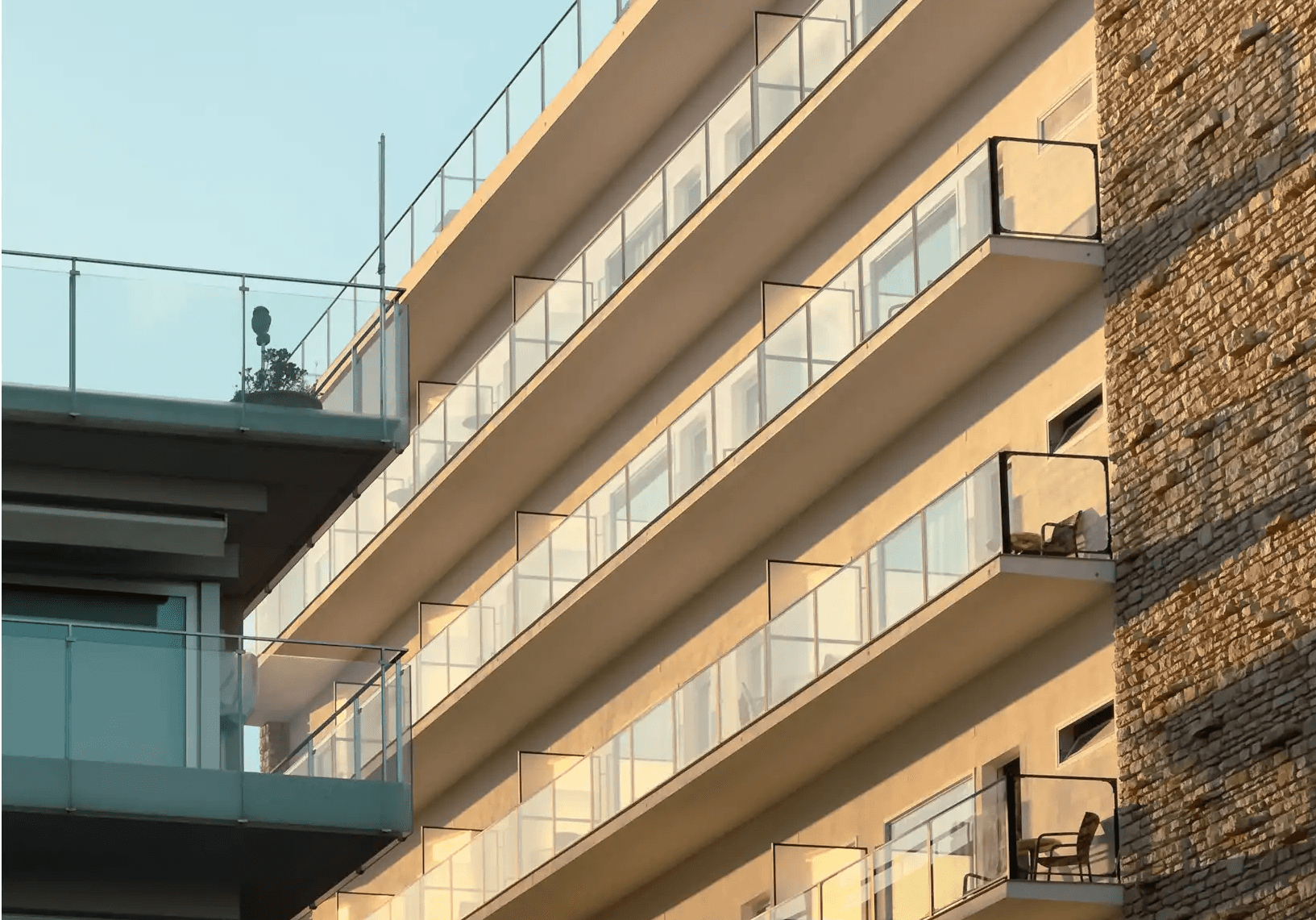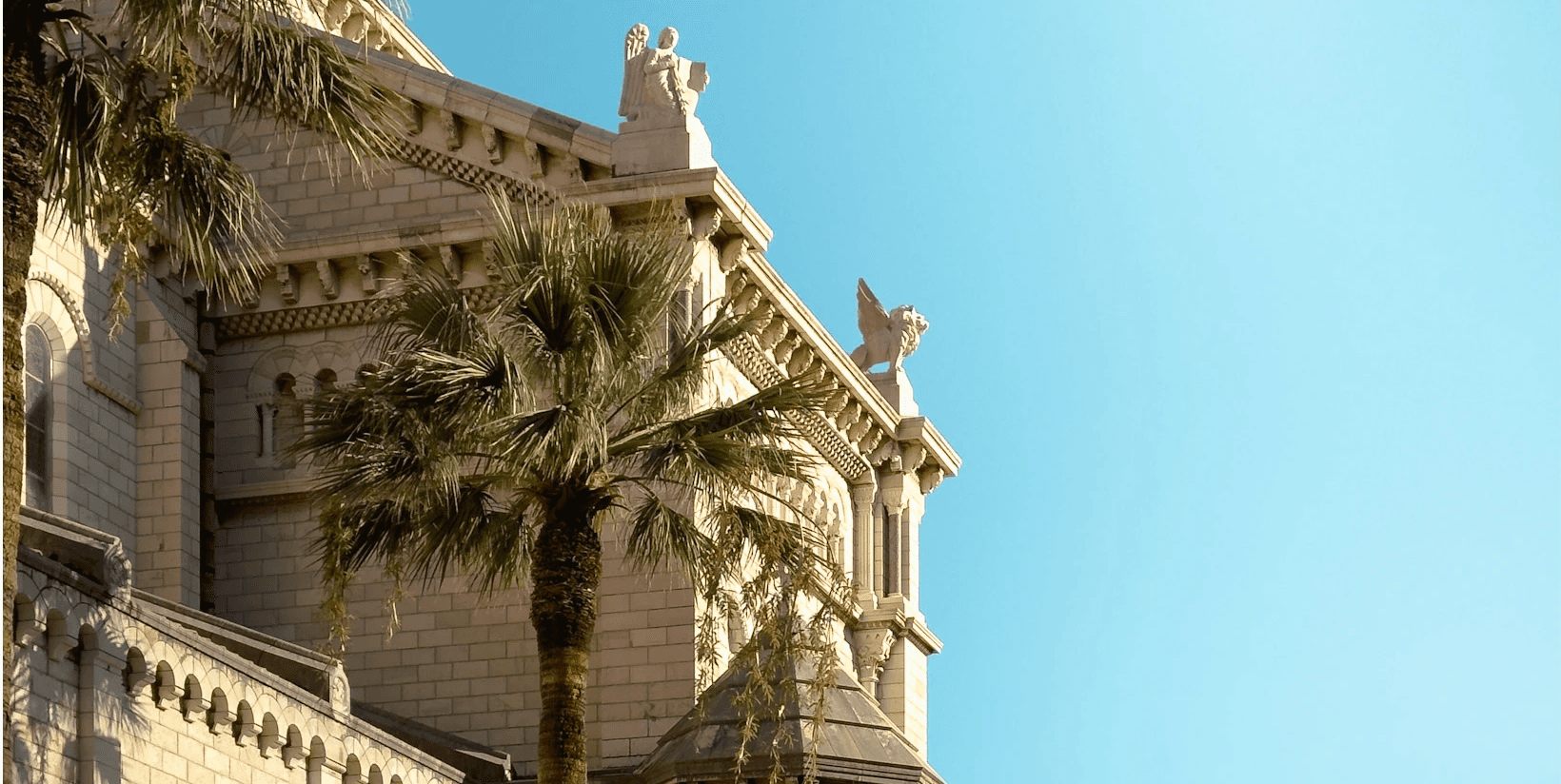Tinvisuals
Photographer | Videographer |
Content Creator
Tinvisuals
Photographer | Videographer |
Content Creator
I have a passion for creating images that capture the beauty of moment.
Architecture Photography
Architecture Photography
Architectural Photography: Showcasing Design and Innovation



29 SEP 2024
Architectural photography is where art meets design, capturing the intricate details and grand structures that define our built environment. From towering skyscrapers to historical monuments, architectural photography presents buildings as more than functional spaces—they are expressions of creativity, culture, and engineering prowess. Through well-composed images, photographers can showcase the beauty, symmetry, and innovation embedded in the world of architecture.
Why Architectural Photography Matters
Architectural images play a critical role in marketing for real estate agents, urban planners, and architectural firms. These photos are used to highlight the aesthetic and functional aspects of a building, attracting potential buyers or clients. Beyond commercial use, architectural photography celebrates the creativity and craftsmanship that goes into designing and constructing buildings, making it an art form in its own right.

Tips for Stunning Architectural Photography
Find the Right Angle: Experiment with both low and high perspectives to find angles that emphasize the building’s design. Unique angles can highlight patterns and create a sense of grandeur.
Pay Attention to Lighting: The best time to shoot is during the golden hour when the sun casts a warm glow that enhances the textures and details of the structure. For more dramatic shots, consider night photography to capture the building's illuminated features.
Use Leading Lines: Lines within the architecture, such as staircases, walkways, or beams, can guide the viewer’s eyes through the image, adding depth and focus to the photo.
Highlight Architectural Details: Focus on intricate details, such as ornate carvings, sleek glass facades, or unique patterns. These features make a building stand out and can be visually striking.
The Intersection of Art and Function in Architecture
Good architectural photography doesn’t just document buildings; it celebrates their design. It highlights how the form of a building complements its function, creating an image that is both beautiful and informative. Photographers use light, shadows, and perspectives to emphasize a building’s unique attributes.

Conclusion
Architectural photography captures the soul of a building, telling the story of its design, purpose, and innovation. By using the right techniques, photographers can bring out the best in each structure, creating images that inspire admiration and respect for the world of architecture.
Architectural photography is where art meets design, capturing the intricate details and grand structures that define our built environment. From towering skyscrapers to historical monuments, architectural photography presents buildings as more than functional spaces—they are expressions of creativity, culture, and engineering prowess. Through well-composed images, photographers can showcase the beauty, symmetry, and innovation embedded in the world of architecture.
Why Architectural Photography Matters
Architectural images play a critical role in marketing for real estate agents, urban planners, and architectural firms. These photos are used to highlight the aesthetic and functional aspects of a building, attracting potential buyers or clients. Beyond commercial use, architectural photography celebrates the creativity and craftsmanship that goes into designing and constructing buildings, making it an art form in its own right.

Tips for Stunning Architectural Photography
Find the Right Angle: Experiment with both low and high perspectives to find angles that emphasize the building’s design. Unique angles can highlight patterns and create a sense of grandeur.
Pay Attention to Lighting: The best time to shoot is during the golden hour when the sun casts a warm glow that enhances the textures and details of the structure. For more dramatic shots, consider night photography to capture the building's illuminated features.
Use Leading Lines: Lines within the architecture, such as staircases, walkways, or beams, can guide the viewer’s eyes through the image, adding depth and focus to the photo.
Highlight Architectural Details: Focus on intricate details, such as ornate carvings, sleek glass facades, or unique patterns. These features make a building stand out and can be visually striking.
The Intersection of Art and Function in Architecture
Good architectural photography doesn’t just document buildings; it celebrates their design. It highlights how the form of a building complements its function, creating an image that is both beautiful and informative. Photographers use light, shadows, and perspectives to emphasize a building’s unique attributes.

Conclusion
Architectural photography captures the soul of a building, telling the story of its design, purpose, and innovation. By using the right techniques, photographers can bring out the best in each structure, creating images that inspire admiration and respect for the world of architecture.

